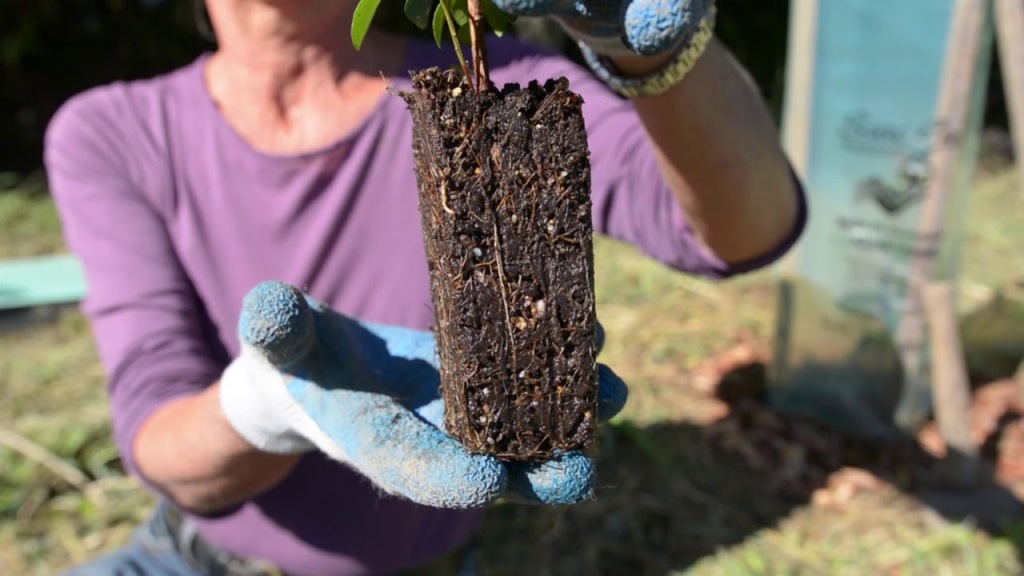Soil Regeneration: What It Is and How to Do It
As the global population continues to expand, the need for nutritious food increases. But with modern farming practices, soil has become depleted of essential nutrients, leading to a decline in crop quality and quantity. This is where soil regeneration comes in – it’s a process that focuses on restoring soil health by increasing its fertility and improving its structure.
In this article, we’ll discuss what soil regeneration is, how it works, and how you can implement it on your homestead or farm.
What is Soil Regeneration?
Soil regeneration refers to any practice that aims to improve the health of the soil ecosystem. The goal is to create an environment that supports healthy plant growth while reducing erosion and enhancing water absorption. Soil regeneration techniques include cover cropping, conservation tillage methods like no-till farming, composting, mulching with organic matter like straw or leaves, crop rotation strategies such as intercropping (growing multiple crops together), adding amendments like biochar or rock dusts (minerals), incorporating livestock grazing into your system design/maintenance plan if possible & feasible.
How Does Soil Regeneration Work?
The primary focus of soil regeneration is on building up organic matter levels in the soil. Organic matter includes anything that was once living – from plant debris to animal manure- which serves as a vital source of nutrients for microorganisms living within the ecosystem beneath our feet.
Increasing organic matter levels helps increase microbial activity which leads to better nutrient cycling; more efficient water usage/regulation; improved physical properties including better aggregation/structure i.e., less compaction which can lead towards higher yields over time; enhanced disease suppression potential due primarily through increased beneficial bacterial/fungal populations; & reduced environmental impacts like greenhouse gas emissions (CO2 sequestration).
Some other benefits of regenerating soils include:
1) Improved Water Retention: One key benefit of increased organic matter content in the soil is improved water retention. This means that during periods of drought, your plants will have access to more water for longer periods of time.
2) Enhanced Soil Structure: Soil structure refers to how well the different components of soil (sand, silt, clay) stick together. With better soil structure, roots can penetrate deeper into the ground and access nutrients that would otherwise be unavailable.
3) Reduced Erosion: When soil is healthy and has good structure, it’s less likely to erode. By preventing erosion on your homestead or farm, you’ll save valuable topsoil from being lost and keep your land fertile for years to come.
4) Increased Biodiversity: A healthy ecosystem beneath our feet supports a diverse array of life – from bacteria and fungi to worms and insects. By regenerating soils you can enhance biodiversity which leads towards a more resilient system overall.
How Can You Implement Soil Regeneration Techniques on Your Homestead?
1) Cover Cropping: The use of cover crops like legumes (peas), grasses (ryegrass), or clover can help build up organic matter levels in the soil while also suppressing weeds & improving nutrient availability over time through nitrogen fixation/other mechanisms. It’s important to choose species that are adapted to your local climate conditions so they grow well enough before Winter sets in.
2) Conservation Tillage Methods: No-till farming methods involve leaving crop residues behind after harvest rather than tilling them under thereby reducing disturbance which preserves existing soil microbial communities/structure while promoting carbon sequestration through “living mulch” systems where cover crops are grown with primary cash crops i.e., intercropping
3) Composting & Mulching with Organic Matter: Adding composted materials like animal manure/humanure or kitchen scraps helps add vital nutrients back into the soil system; mulching with straw or leaves helps retain moisture levels around plant roots & reduce soil erosion potential.
4) Crop Rotation Strategies: Planting different crops each year can help address nutrient deficiencies in soils; rotating legumes with other crops helps add nitrogen back into the soil while also suppressing weeds/pests over time. Intercropping (growing multiple crops together) is another strategy that can improve biodiversity and nutrient cycling within your system.
5) Adding Amendments like Biochar or Rock Dusts: Adding amendments such as biochar or rock dusts to your soil can help balance pH levels, increase microbial activity, and enhance nutrient availability for plants.
6) Incorporating Livestock Grazing: If you have livestock, incorporating them into your homestead/farm management plan is an excellent way to support healthy soil ecosystems. By grazing animals on your land, they will fertilize it naturally while also trampling down vegetation which adds organic matter back into the system.
Conclusion
Soil regeneration is a vital aspect of sustainable agriculture and homesteading. By implementing practices that focus on building up organic matter levels in your soil, you’ll be able to grow healthier and more nutritious food while reducing environmental impacts like erosion & greenhouse gas emissions. Whether you’re just starting out or have been farming for years, there are many techniques available to help you regenerate your soils – from cover cropping and conservation tillage methods to composting/mulching with organic matter or incorporating livestock grazing into your system design/maintenance plan if feasible & appropriate given local conditions.


Leave a comment